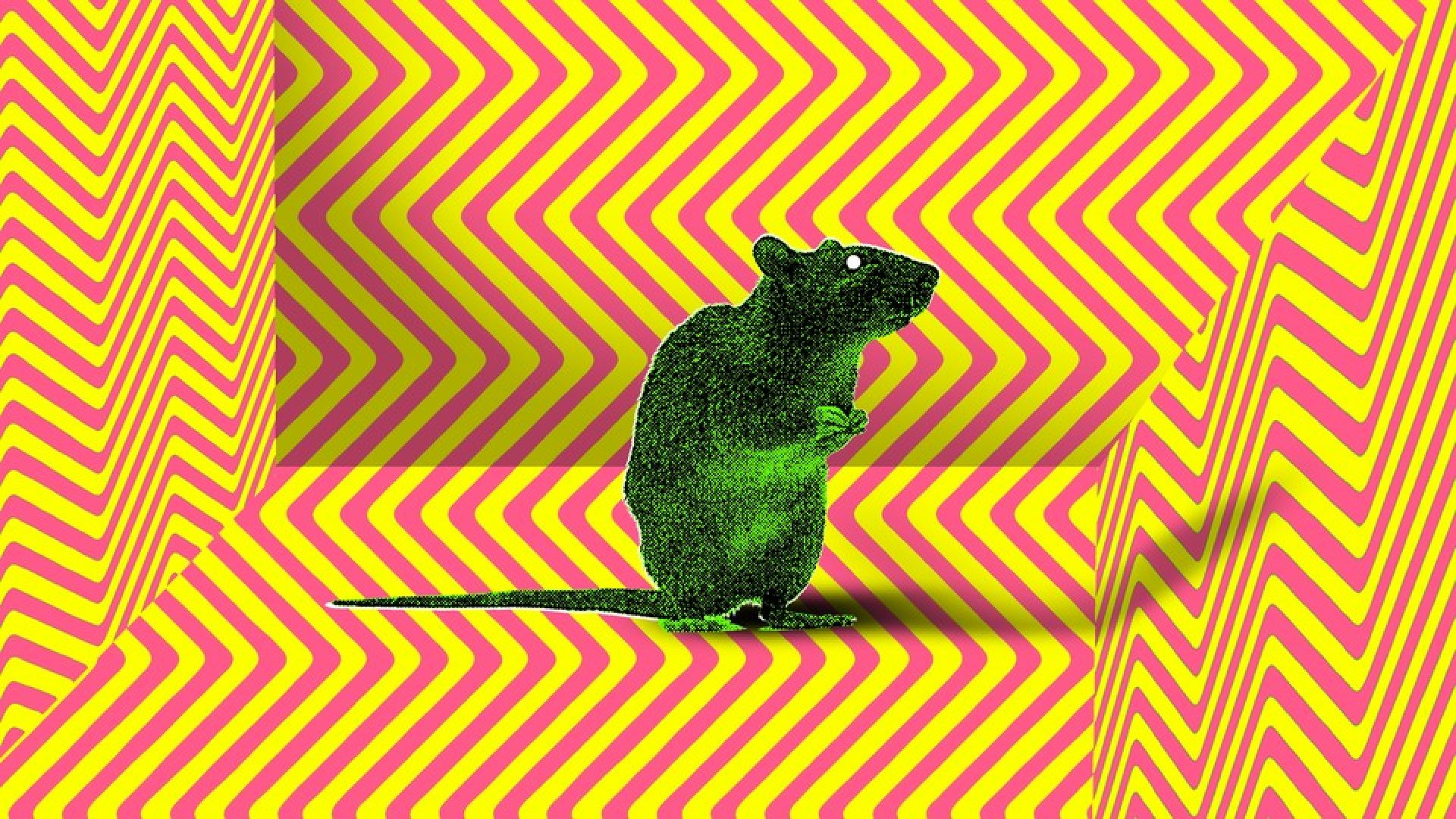Paleontologist Michael D’Emic published his research on dinosaur growth in Science; not all large dinosaurs grew large quickly. Rather, some of them evolved to grow slower for longer periods of time, such as the Majungasaurus, a close relative of the T. rex. He was able to come to this conclusion by analyzing cross-sections of fossilized dinosaur bones across 42 different species. D’Emic believes this applies to all species of large mammals, not just prehistoric variants. This distinction is based on the environments these dinosaurs lived in. Growing quickly allowed for species to quickly become apex predators and outcompete other potential predatory species. Growing slowly allowed some species to be able to withstand scarcity, as they did not need to regularly eat a lot of food to compensate for the metabolic labor required ofby rapid growth. Museums are readily supplying bones for scientific study despite the archaic and destructive process required to do so. Surprisingly, the bones provide a wealth of information about the dinosaurs they came from, such as size, metabolic rate through indents left by long-gone blood vessels, age by the rings of growth within each bone, and diet, amongst other things. D’Emric and his team of researchers used diamond saws to shrink hockey-puck- sized bone pieces from 80 species of carnivorous theropods to thin shreds of calcium as thin as hair for viewing under a microscope. They then compared the number and thickness of rings by femur width as a proxy for dinosaur size to observe the potential evolutionary advantages of slow versus rapid growth. Interestingly, he discovered that the ancestors ofto birds rapidly shrank, allowing for the T.rex’s defendants to become small enough to fly. D’Emic’s interesting work could work through the correlation between animal growth rate and other environmental conditions, such as climate change, a hot topic as we deal with the impact of global warming today.


